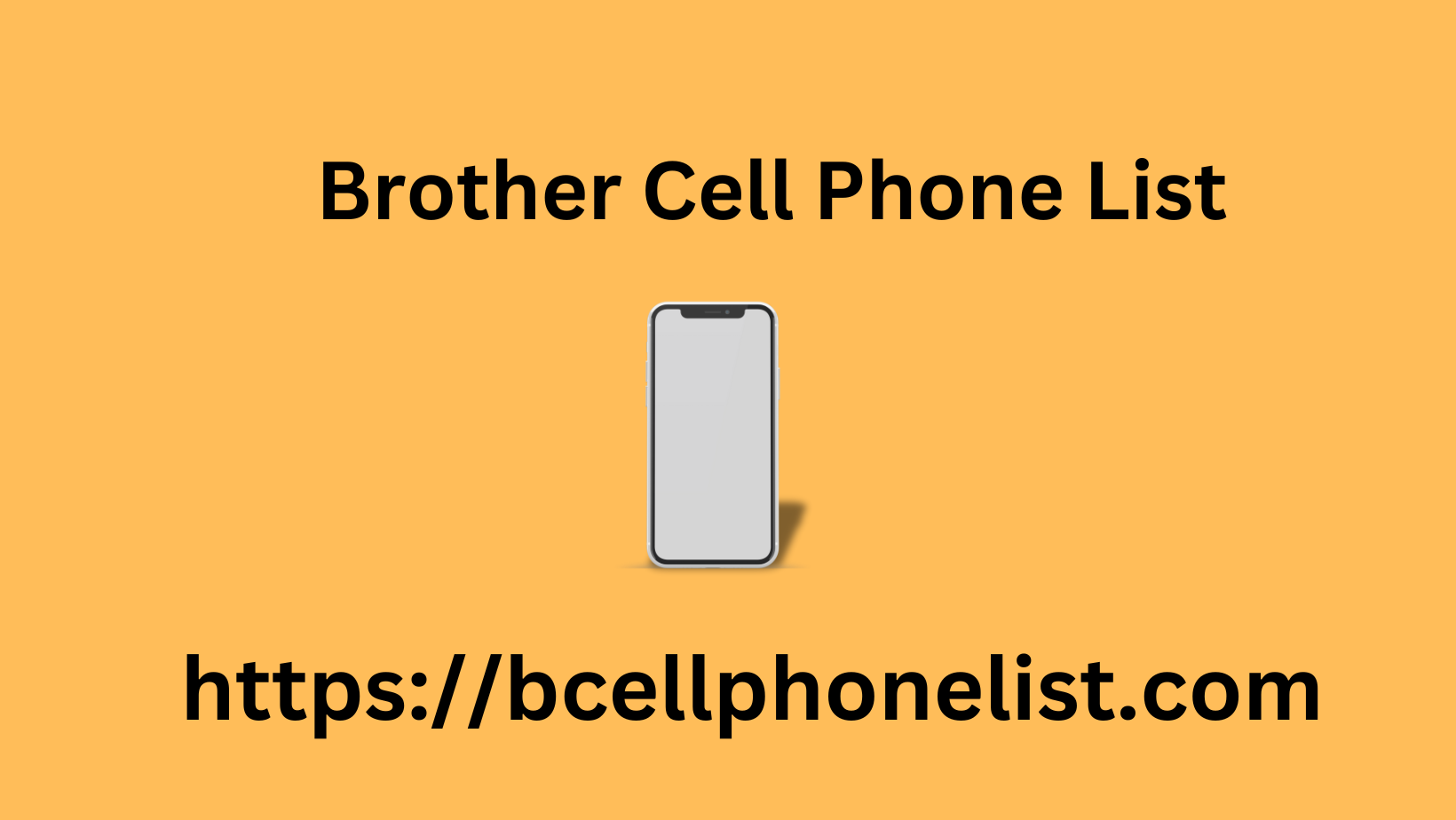introduce
No matter what products you sell, developing a strategy for your e-commerce website’s search engine optimization (SEO) is one of the keys to successful online sales. To take your online store’s SEO to the next level, mastering the art of creating topic clusters is your secret weapon!
In this article, we’ll explain what topic clusters are, the benefits they bring to eCommerce websites, and how you can create your own eCommerce topic cluster in just a few steps.
Focus Group: Definition and Benefits of E-Commerce
Topic clusters are a content strategy framework in which one “pillar” page broadly covers one major topic, while multiple related “cluster” pages focus on specific subtopics. These cluster pages link back to the pillar pages, improving user navigation and the site’s SEO by structuring content around related topics.
As an online store owner, you’ll find that topic clusters play an important role in strengthening your eCommerce SEO strategy because they offer the following benefits:
- Improve the relevance of your niche,
- Opportunities to stand out from the competition,
- Appear in search results for new keywords,
- Optimize the use of long-tail keywords,
- Strengthen internal links,
- Improved the current ranking,
- More people visiting your online store, and
- Increase product sales.
Reach your target customers quickly and easily brother cell phone list It can be one of the keys to increasing your sales.
Through a carefully implemented topic clustering france business email data strategy, you can enhance your brand’s authority in your field, improve search engine visibility, and increase the trust of your existing and potential customers!
Create e-commerce topic clusters in 7 steps
1. Decide on a Topic
The first step in creating an e-commerce topic cluster is to identify your main topic so you can create a pillar page. This pillar page will typically address the most commonly searched questions by users and target a high-search volume, competitive keyword.
Keep in mind that the topics you choose should be broad enough hk phone number to generate enough relevant questions and intentions without being too specialized. You can build your topic clusters around various types of content on your online store, such as product pages, product category pages, shopping guides, or blogs.
For example, if you sell art supplies, you might decide to create a product category page focused on “Watercolors” as a pillar page.
2. Find relevant search intent
Once you’ve chosen a main topic for your topic cluster , you’ll want to start looking for search intent related to this main topic.
These intents are secondary questions people ask about your main topic and usually begin with who, what, why, when, where, and how. To help you find relevant search intents and include them in your topic clusters, there are a variety of tools you can use.
The All-in-One Platform for Effective SEO
Behind every successful business lies a strong SEO campaign. But with countless optimization tools and techniques to choose from, it can be hard to know where to start. Well, fear no more, because I’ve got the stuff that can help. Introducing Ranktracker, the effective all-in-one SEO platform
We’ve finally opened up registration for Ranktracker, completely free!
For example, using watercolor as an example, you can type the term into Google’s search bar to see what questions come up in the “People also ask” section of the page.
You can also take advantage of the Google Suggest feature by typing a question word and your keywords into the search bar to see what predicted text appears.
To determine which queries might be most useful for your topic clusters, do not hesitate to use keyword research tools such as Yourtext.guru , Google Trends , AnswerThePublic , Ahrefs’ Free Keyword Generator , etc. Based on your analysis, search volume, competition, and your specific goals, you will be able to determine how many pages to create for your topic clusters, but remember that the goal is to create only content that has real value to your audience.
3. Find related topics
Now, if you find that the results from the previous step are too narrow, or if you need to create a large number of pages for your topic cluster because the keyword competition for your pillar pages is quite high, you will need to search for other topics related to your main topic.
Going back to the watercolor example, related subjects could include canvas, brush, drawing, flowers, sketchbook, landscape, portrait, etc.
The All-in-One Platform for Effective SEO
Behind every successful business lies a strong SEO campaign. But with countless optimization tools and techniques to choose from, it can be hard to know where to start. Well, fear no more, because I’ve got the stuff that can help. Introducing Ranktracker, the effective all-in-one SEO platform
We’ve finally opened up registration for Ranktracker, completely free!
An easy way to find related topics is to search for your main topic on Google and browse the search results. Once you have a few ideas for related topics, you can use the above tools to find new related search intents in the same way (e.g., “what to clean paintbrushes with,” “how to draw landscapes,” “what are the best sketchbooks,” etc.).
4. Arrange the structure of the special research
By making organization a priority during the brainstorming process and structuring your topic research, you can increase the chances of success for your e-commerce topic cluster.
You can do this in whatever way works best for you, whether it’s writing down your ideas with pen and paper, creating a spreadsheet in Google Sheets or Microsoft Excel, or even using a Canva template.
One tool that’s particularly useful for this task is MindMeister , which lets you design online mind maps to better visualize your ideas. With this easy-to-use tool, you can track the different search intents you’ve discovered, separating the search intent for the main topic from the related topics.
5. Add Internal Links
Internal linking is essential for building topic clusters, which are connections between various pieces of content on your site. This includes adding links from sub-topic pages to pillar pages, and where relevant, to other related sub-topics, thereby creating a tight network that boosts SEO and user navigation.
Effective internal linking distributes PageRank (or “link juice”), maximizing the weight of each page within the group. Note that PageRank is the foundation of Google’s algorithm and is a measure of the relative importance of pages.
6. Create content
Now you’re ready to create content for the individual pages of your topic cluster—but of course, you still want to keep SEO first!
When creating search engine friendly pages for your e-commerce website, you should aim to create content that comprehensively addresses your target keyword queries and naturally incorporates these terms in titles, subheadings, and throughout the body of the article. Also, make sure your blog posts are well structured, using headings to break up the text for easy reading.
The All-in-One Platform for Effective SEO
Behind every successful business lies a strong SEO campaign. But with countless optimization tools and techniques to choose from, it can be hard to know where to start. Well, fear no more, because I’ve got the stuff that can help. Introducing Ranktracker, the effective all-in-one SEO platform
We’ve finally opened up registration for Ranktracker, completely free!
You can improve your visibility in search results by optimizing your meta tags and descriptions. As mentioned earlier, incorporating internal links is essential for relevant content, enhancing site navigation and increasing page views.
It’s also important to make sure your content is mobile-friendly and loads quickly, as these factors can also impact SEO rankings . Finally, if you have any images on your pages, make sure they’re optimized as well.
7. Publish your topic group
Once you’ve created your content , it’s time to publish your eCommerce topic cluster and share your content with the world.
You can choose to publish your pillar pages first and then publish related sub-topic articles in sequence, but publishing all the content you have prepared at the same time will save you the trouble of updating internal links for each new batch of articles.
Remember to promote each article on social media and in your email newsletter to drive traffic and engagement. Then, be sure to continually monitor performance metrics like page views and bounce rates, and use insights to adjust content and links to optimize the overall performance of your topic cluster.




